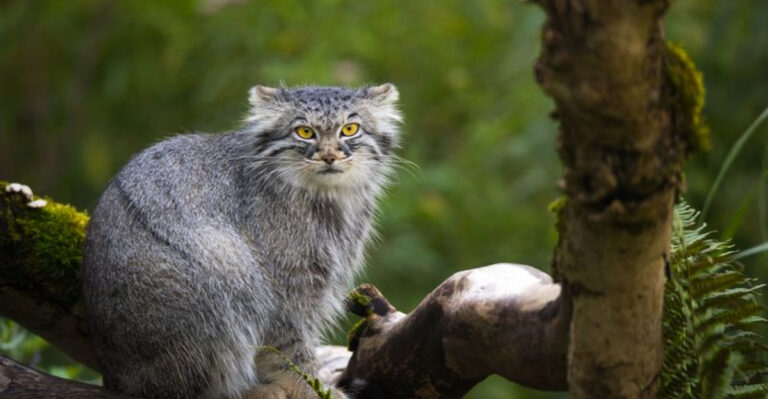It’s World Tapir Day: Here’s How These Shy Creatures Avoid Predators In The Wild
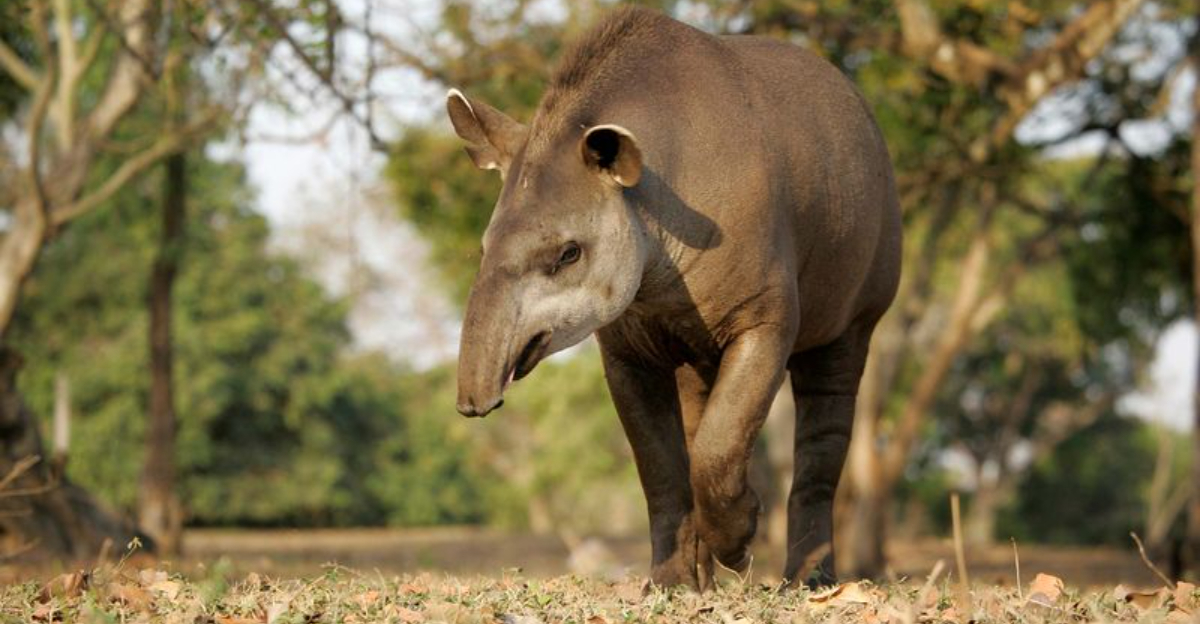
Imagine a creature that looks like it walked out of a prehistoric painting, yet survives in today’s jungles and forests.
Tapirs, with their short trunks and gentle eyes, have mastered the art of avoiding danger in the wild. On World Tapir Day, let’s explore 13 fascinating ways these elusive animals keep themselves safe from predators.
1. Camouflaging In Forests

With their earthy tones and subtle markings, tapirs blend seamlessly into their forest homes. Their natural camouflage helps them stay hidden from predators. Even in broad daylight, these creatures can seem to disappear among the thick trees and underbrush, making them nearly invisible to their foes.
2. Nighttime Activity
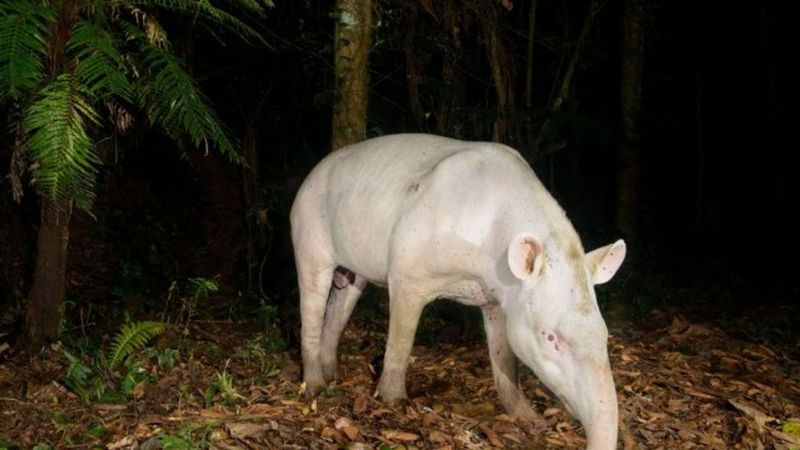
Being mostly nocturnal, tapirs are night-time wanderers. They emerge under the cover of darkness, reducing the risk of encountering daytime predators. This nightlife strategy also helps them avoid the harshness of the sun, keeping them cooler as they forage for food.
3. Solitary Lifestyle
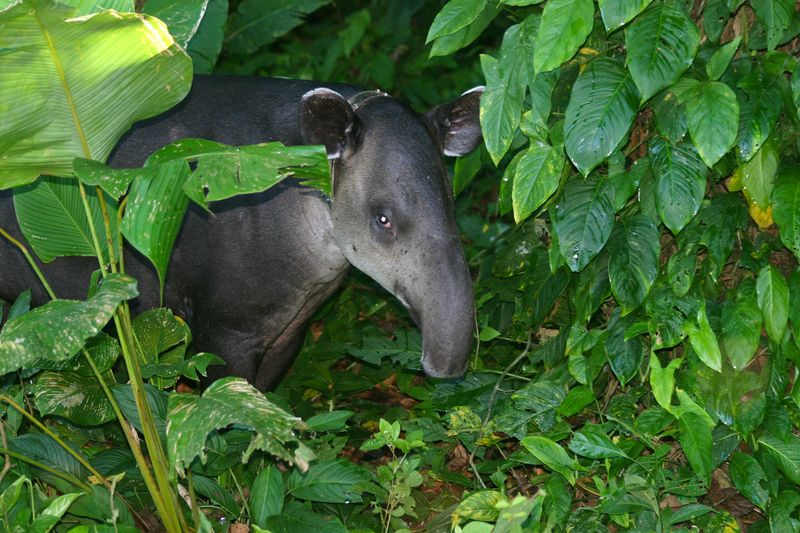
Tapirs are solitary creatures, preferring to live and roam alone. This reduces their visibility to predators who might target groups. By minimizing noise and movement, they avoid drawing unwanted attention, making it easier for them to slip away unnoticed.
4. Excellent Swimmers
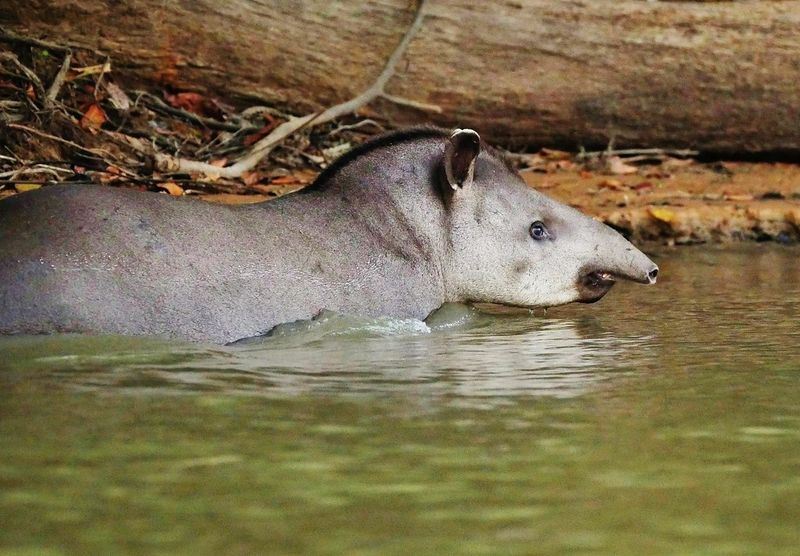
Water is a tapir’s friend. These animals are excellent swimmers, often escaping predators by diving into rivers or streams. The water offers them an escape route, where their swimming prowess allows them to quickly put distance between themselves and any threat.
5. Dense Habitat Choice
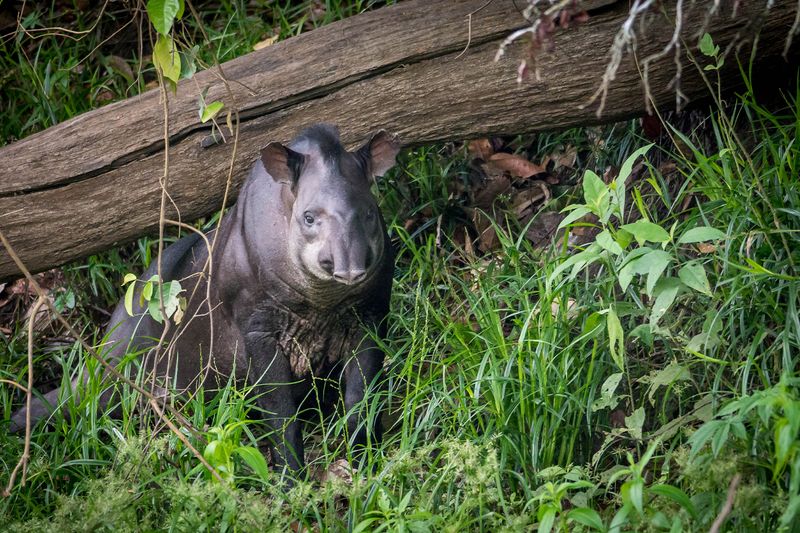
Tapirs choose homes in dense forests and thick jungles, places where predators find it difficult to follow. The heavy vegetation provides cover and makes it challenging for larger hunters to chase them. This strategic choice gives them an upper hand in avoiding danger.
6. Sensitive Hearing
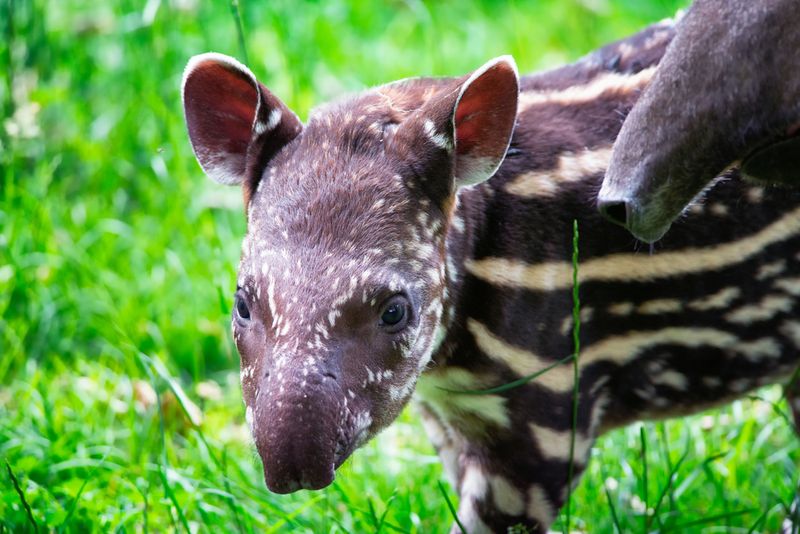
Tapirs have a keen sense of hearing, capable of detecting the faintest sounds of approaching danger. This acute auditory sense alerts them well before a predator gets too close, giving them precious time to make a swift getaway.
7. Speedy Runners
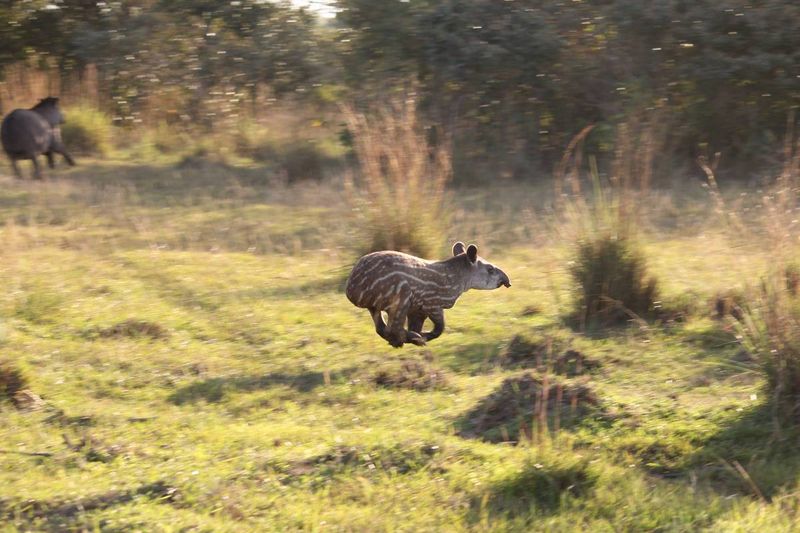
Despite their stocky build, tapirs can run quite fast when needed. Their speed is an unexpected asset, allowing them to quickly evade predators. This burst of energy can be the difference between a narrow escape and getting caught.
8. Utilizing Mud Pools
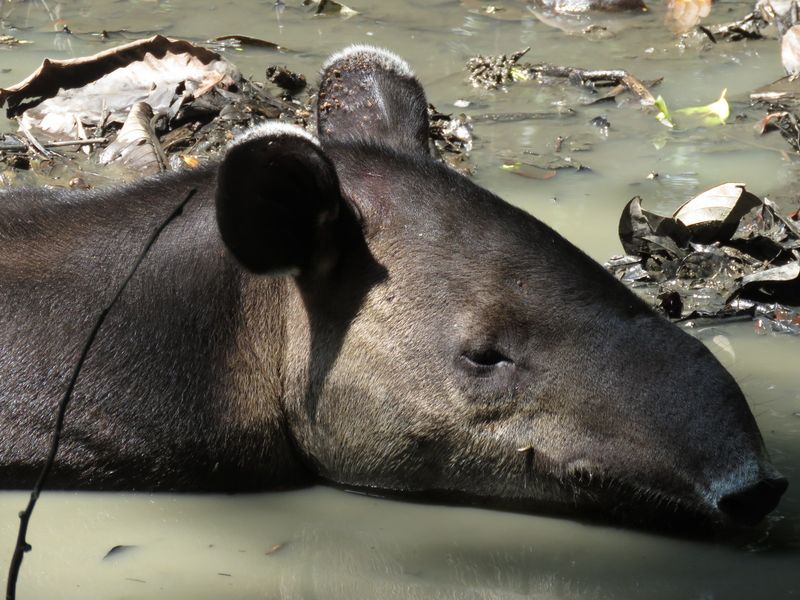
Mud pools are nature’s armor for tapirs. Rolling in mud not only cools them down but also helps mask their scent from predators. This dirty disguise makes it harder for predators to track them, as the mud hides their natural odor.
9. Thick Skin Armor

Tapirs boast remarkably thick skin, particularly around their necks and shoulders. This natural armor protects them against bites and scratches, providing a defensive barrier. Predators find it difficult to inflict serious harm, giving tapirs a chance to fight back or flee.
10. Climbing Steep Terrain

Steep hills and rugged terrains are no match for a tapir’s agility. They can climb these challenging landscapes with surprising ease, escaping predators who struggle with the same obstacles. This ability to navigate tough terrains adds another layer to their survival skills.
11. Using Snorts As Alarms

Tapirs have a unique way of using sounds to their advantage. They emit loud snorts that serve as alarms, warning other animals of nearby predators. This not only alerts others but can also startle and deter predators, buying the tapir time to escape.
12. Protective Mothers
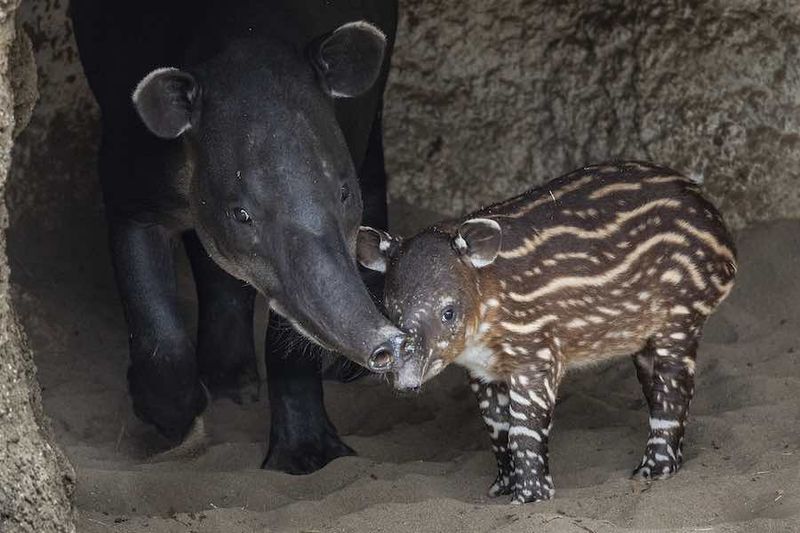
Mother tapirs are fiercely protective of their young, staying vigilant against potential threats. They often hide their calves in dense undergrowth while keeping a watchful eye. This protective nature ensures the safety of their offspring, passing on survival skills to the next generation.
13. Scent Marking Territory
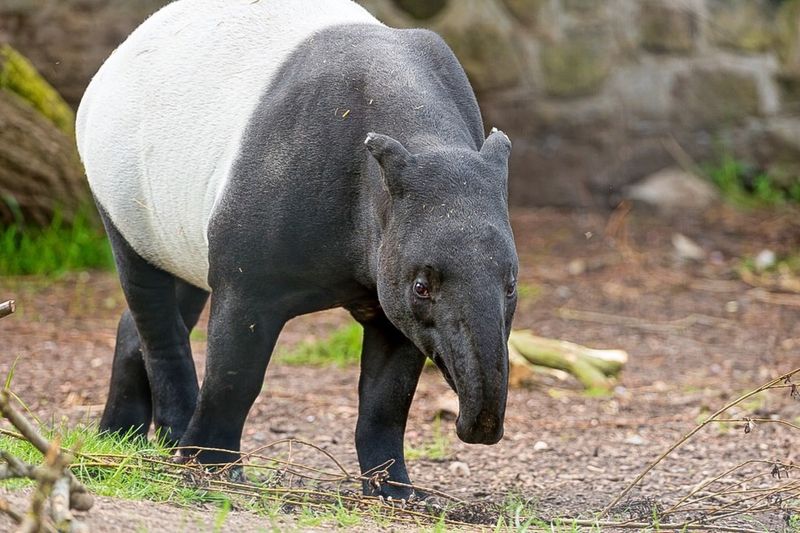
Tapirs mark their territory with unique scents, signaling to predators and other tapirs alike. This natural communication helps them establish boundaries and avoid conflicts. By clearly marking their space, they reduce the risk of unexpected encounters with predators.


